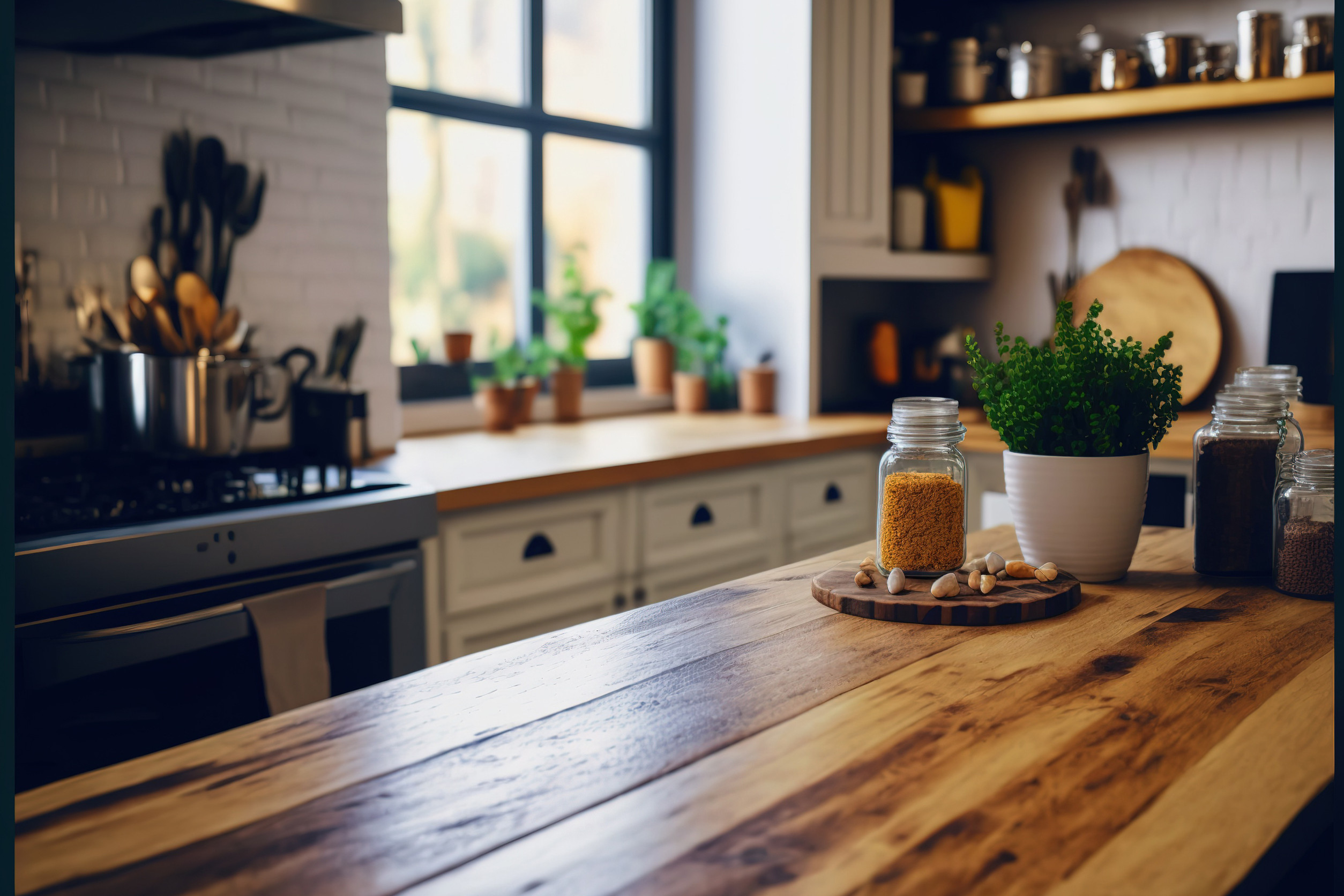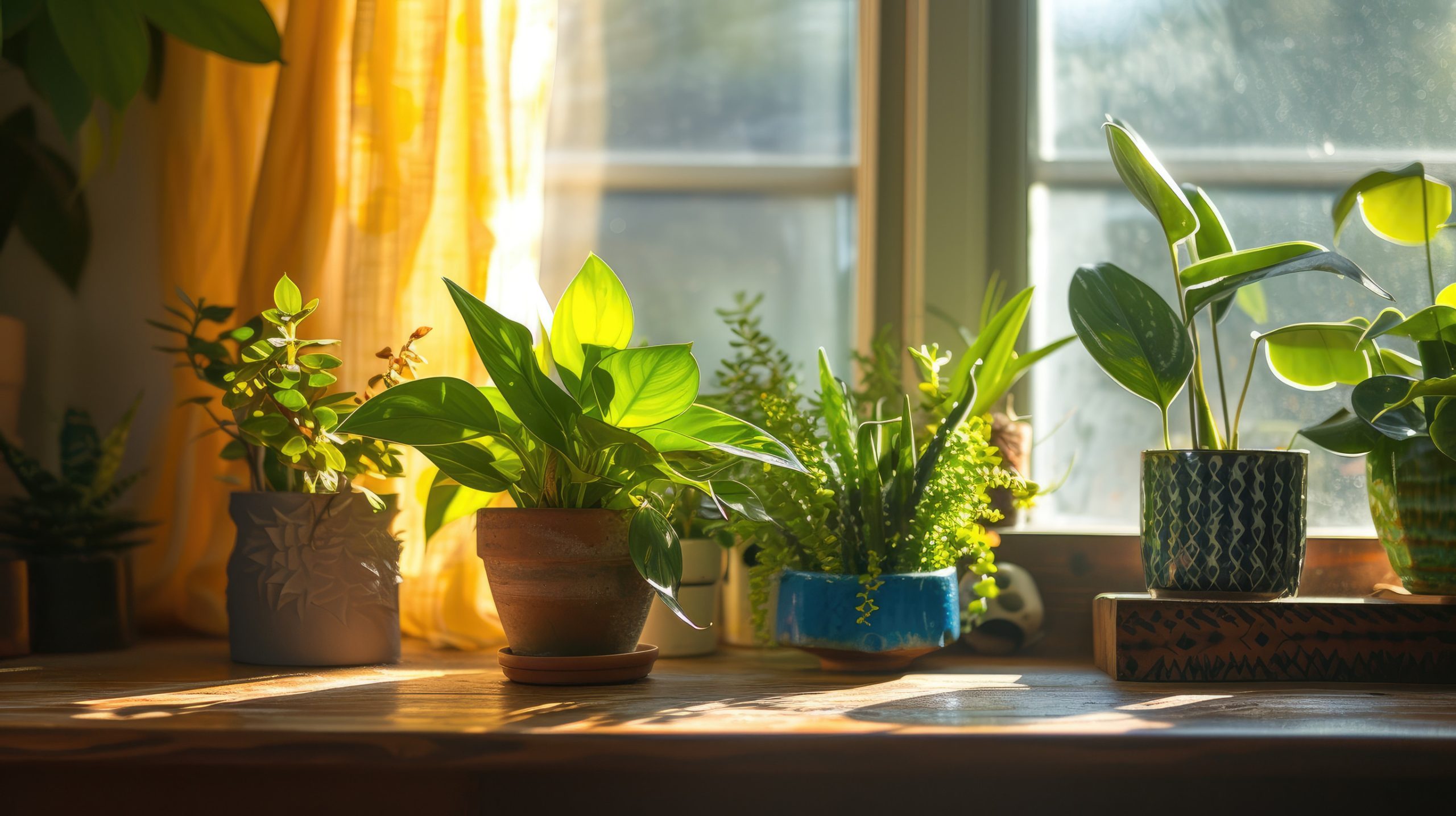
Some homes say “Welcome!” while others quietly whisper, “I’m a one-person show.” It’s not a bad thing—living alone comes with perks, freedoms, and quirks that naturally shape the way a space looks. But certain decor choices act like neon signs to anyone who visits, broadcasting subtle clues about a solitary lifestyle.
Guests may not consciously realize it, but their brain takes note of these visual hints and starts connecting the dots. The result is a home that feels unmistakably personal, perfectly curated for one, and revealing in ways the owner may never have intended.
1. A Single, Oversized Armchair as the Star of the Room
When the living room’s centerpiece is one large, plush armchair rather than a full sofa, it tells a quiet story. The choice is comfort-driven, built for hours of lounging without sharing space. There’s no need for extra cushions, matching loveseats, or side seating—just one throne fit for the sole ruler of the home. Friends might admire the chair’s inviting depth without realizing it’s essentially a one-person fortress. It’s a seating arrangement that prioritizes personal space over group gatherings.
2. A Kitchen That’s Stocked for One
In a kitchen built for one, there’s rarely a stack of twelve plates or a row of matching wine glasses. Instead, there’s a curated set of just enough mugs, bowls, and silverware to cycle through the week. Pantry shelves might hold single-serve snacks and just one brand of coffee, with a fridge full of modest portions rather than crowd-sized platters. The absence of bulk shopping hints at someone who doesn’t host large dinners or prep for multiple appetites. Even the dish rack seems to confirm it, holding only a few regular-use items instead of an overflowing pile.
3. Décor That Leans Toward Deeply Personal Hobbies
Walls lined with vinyl records, shelves stacked with rare books, or entire corners devoted to model building reveal more than passion. They often indicate a life where decorating for oneself takes priority over creating a universally appealing aesthetic. Visitors see the home as a personal playground rather than a stage for guests. Every piece has meaning to the person living there, not necessarily to anyone else. The effect is charming but undeniably individualistic, suggesting the home’s audience is primarily the person who owns it.
4. Lighting That’s Practical, Not Social
A home with single reading lamps, desk lights, or one glowing corner instead of bright, even lighting feels geared toward solitary tasks. Soft, focused lighting suits reading, crafting, or working but doesn’t invite large groups to gather. The mood is intimate and self-contained, reflecting the rhythms of someone used to creating their own ambiance. String lights over a bed or one lamp in the living room become the main sources of brightness. The rest of the house stays in gentle shadow, optimized for one person’s comfort rather than many people’s visibility.
5. A Dining Table That Serves as a Workstation
A dining table covered with a laptop, notebooks, and maybe a single placemat says plenty. The space has evolved into a hybrid desk, with meals fitting in around the day’s work rather than dominating it. There’s rarely a full place setting for multiple people, and the table might face a wall instead of being centered for conversation. This layout reflects the reality of eating solo while multitasking. The shift from “shared meal hub” to “personal project zone” is a telltale mark of a one-person household.
6. Minimal Seating in Social Spaces
When the living room offers just enough seating for one or two people, the message is clear. It’s not that visitors aren’t welcome—it’s simply that accommodating many isn’t the design priority. There’s a deliberate lack of overflow seating like folding chairs or ottomans, which usually appear in homes that expect company. The existing furniture meets the needs of everyday life without accounting for extra bodies. The setup communicates comfort over capacity, with socializing kept to smaller, more personal interactions.
7. Plants That Serve as Companions
In a home where greenery is carefully nurtured, plants can quietly replace some forms of companionship. A thriving fiddle leaf fig, a string of pearls, or a lush windowsill herb garden becomes part of the household in a way that feels almost animate. Tending to plants provides a daily ritual and a sense of presence that fills the space. Visitors notice the attention given to each pot and the arrangement of greenery as if they were living roommates. The relationship between person and plant often grows deeper in spaces that house only one human occupant.

The Story Your Space Tells
A home always tells a story, and when that story is about living alone, it shows in dozens of subtle ways. From furniture choices to lighting, every detail reflects a life tailored to one person’s rhythm. None of these signals are negative—they simply mark independence, self-awareness, and personal comfort. Observers might not consciously name these cues, but they feel them.
If any of these signs sound familiar, share which one fits your home best in the comments—your space might be telling more of your story than you think.
Read More
10 Ways Wealth Inequality Shows Up Inside a Single Household
9 Popular Jogging Spots Now Flagged as Unsafe
The post 7 Home Decor Items That Tell Observers You’re Often Alone appeared first on Everybody Loves Your Money.







